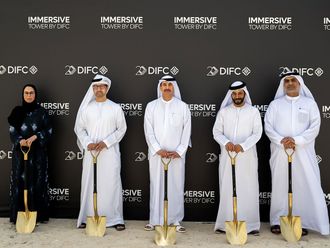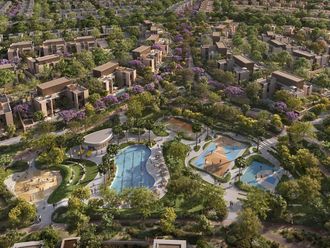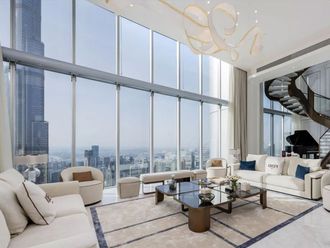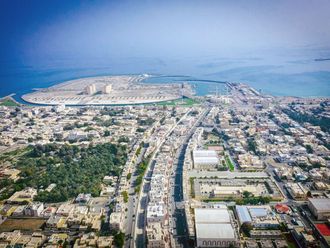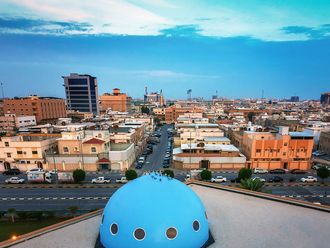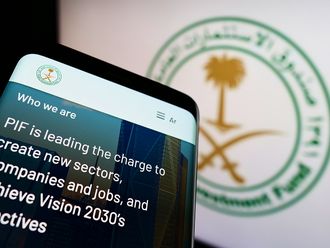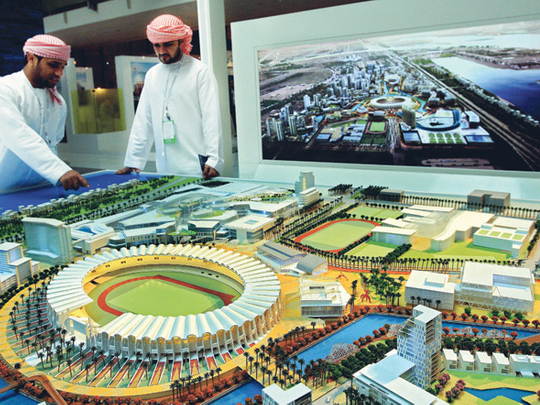
Abu Dhabi: The consumption of over 7,000 megawatts (MW) power in Abu Dhabi alone amounts to Dh7 billion in expenditure per year, a figure that is expected to rise with the high level of growth and construction in the UAE, according to a recent study by the Abu Dhabi Water & Electricity Authority (Adwea).
‘Standalone' villas in Abu Dhabi have the highest consumption of energy due to their large areas, non-insulated concrete walls, individual air-conditioning units and high proportion of exposed external surface relative to internal volume.
Each villa within the emirate uses a staggering 32,000 to 97,000 (kilowatt hours (KWh) of energy per annum.
Living in a detached villa is a desirable lifestyle in the UAE, but it comes with a high cost in terms of power consumption bad news for the environment and the finances of the occupant.
"With the use of PAC [Precast Aerated Concrete] technology, electricity consumption can be reduced by 60-70 per cent," Abdul Rahman Al Bluwi, Bena's managing director.
Bena, a German Emirati company, founded as an initiative by Offset Programme Bureau (Tawazun), is the biggest producer of PAC in the UAE.
PAC is a fully automated technology that has been proven effective and utilised in Europe since 1923. PAC has more than ten times the thermal insulation of conventional concrete of equal thickness.
Insulation
Its superior insulating system significantly decreases the need for electrical consumption which is expected to triple in Abu Dhabi by the year 2030 according to a recent report by Allroya News.
Carbon emission is the largest threat to the environment, responsible for pollution and climate change.
It is estimated that buildings contribute approximately 40 per cent of global carbon emissions. With the UAE's alarming carbon emission record, the second worst in the region, PAC provides a viable solution for the real estate sector.
Having started operations in 2009 with an investment of Dh100 million and backed by German technology and expertise, Bena utilises the most advanced PAC technology in the Middle East and has a production capacity of 1,500 villas per year, making it the largest in the region.
At this time, Abu Dhabi government predicts an annual demand of 7,000-10,000 villas to be built in the outskirts of Abu-Dhabi.
Energy
- Dh7b Abu Dhabi's expenses on power per annum
- 40% buildings' share of global carbon emissions


